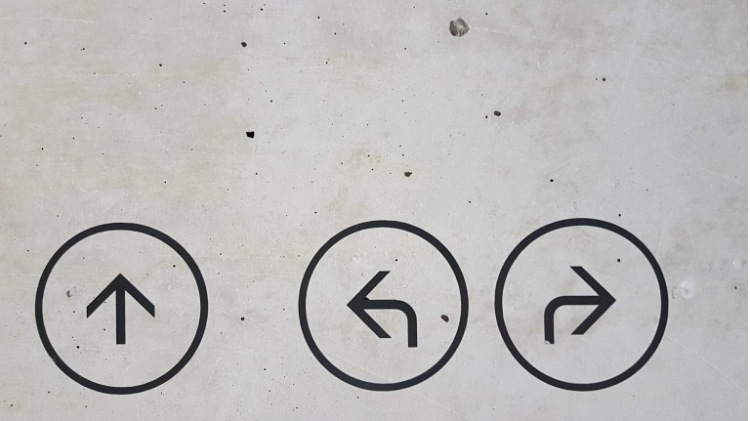If you’re just joining the conversation, don’t miss the valuable information shared in Part 1: Learning from the Virtual Environment and the Effects of COVID-19 & Part 2: Creating an Outcome-Driven Plan for Initial Re-Entry.
Part 3: Adapting Your Re-Entry Approach
Now that you’ve captured the learning from the past few months and created an outcome-driven plan for initial re-entry, you’re ready to learn how to adapt your re-entry approach to changing conditions.
Too often, leaders try to run their organizations and create a culture based on a set of values. This sounds good, but unfortunately core values don’t dictate our company culture or our state of being as an individual; habits do.
Habits are hard to change, especially the habits we’ve carried around for years. This is because habits aren’t just behaviors or actions; they include how we think and perceive the world around us. It’s really our habits, not our core values that reflect our culture and the state of our culture the most. For example, your organization might value creativity and experimentation, but if your culture has a habit of perfectionism and blame-orientation, you won’t be able to provide the kind of environment required to allow for the creative and experimental risk-taking you say you want to foster.
One of the habits of many organizations is to plan for perfection, rather than plan for iteration. Given all of the questions surrounding coronavirus and how this will affect us months down the line, organizations have to think, plan and execute differently from the static, or fixed, approach to planning they might be used to. If we are to be successful re-entering the workplace, we must be flexible. We can do this by scenario planning and creating proactive recovery plans.
Scenario Planning
Instead of developing the perfect plan for re-entry, it is time to do some scenario planning regarding your business, moving back to the workplace, and getting your culture to its next normal.
Scenario Planning is based on constraints and opportunities. It includes imagining and preparing for multiple likely possibilities and translating those into how the organization must practically respond to each of the likely scenarios that are possible. Some variables involved include but are not limited to:
- How your employees will respond
- How the federal government as well as each state and even city government changes their guidelines over time
- How customers respond to coming back to your organization over time
- How coronavirus spreads or declines as people socialize again in their local communities
- The impact of air travel over time
Again, we don’t have as many answers as we have questions, so your scenarios will group the responses based on likely possibilities in a best, neutral, and worst-case scenario.
Proactive Recovery Plans
A sports team cannot predict what errors might be made or by whom during the game, but they can still plan for the fastest recovery possible given various kinds of mishaps that can occur. In fact, that’s what the top athletic teams spend much of their practice reviewing.
Because there are so many variables involved with re-entry that can’t be predicted, it’s critical to plan for potential breakdowns including attitudes about returning from different factions of your workforce, the impact on illness/absenteeism upon return, coordination issues between the employees working at home and those returning to the office during each phase of transition, and communication breakdowns during re-entry while those changes are being implemented.
Proactive Recovery Plans are almost never generated functionally by only one department in isolation. They represent cross-functional ideation and problem-solving so that the ripple impact of breakdown can be addressed. This is critical. The goal of an effective Proactive Recovery Plan is to have no surprises, and the best way to do that is to get everyone involved and on board.
Coming up with recovery plans for unknown potential breakdowns might sound daunting, but don’t worry. You don’t have to predict every breakdown. You only need to identify the most likely and different kinds of breakdowns that could occur during implementation and have your approach to responding prepared. It’s important that your responses be solution-oriented, cross-functional, and without blame. Blame will only slow you down and cause more breakdowns.
Scenario Planning and creating Proactive Recovery Plans sounds similar, but serve entirely different, though complimentary, functions. While Scenario Planning pivots your organization’s direction and path forward, Proactive Recovery Plans pivot your execution to address obstacles while you maintain the same direction and path forward.
To learn how to make lasting change in your organization, check out Part 4: Solidifying Your Culture During and After Re-Entry. Don’t miss out on this critical step.
Click below to jump to other parts in this series:
Part 1: Learning from the Virtual Environment and the Effects of COVID-19
Part 2: Creating an Outcome-Driven Plan for Initial Re-Entry
Part 4: Solidifying Your Culture During and After Re-Entry
If you would like our support, don’t hesitate to reach out to us by email [email protected] or telephone + 1 213.536.5685. We are here to help.


